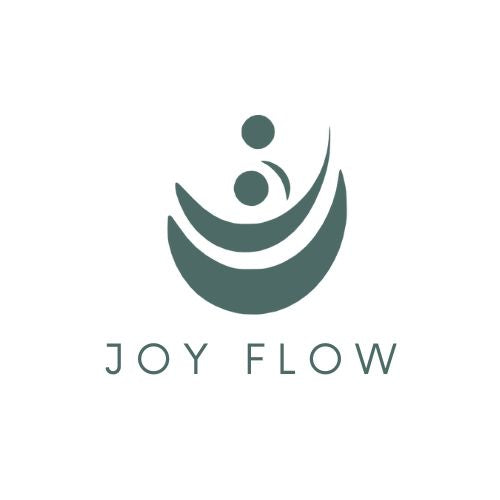The Science Behind Mindfulness and ADHD: How Daily Rituals Rewire the Brain
Share
Living with ADHD often means racing thoughts, scattered attention, and the constant pull of distractions. But what if you could harness simple, engaging practices—rooted in ancient wisdom—to foster calm focus and emotional balance? In this guide, you’ll learn how a few mindful rituals with aromatherapy, a gentle tea ritual, and a thoughtfully designed zen style space can transform your day-to-day life.
What Is Mindfulness?
Mindfulness originally stems from Buddhism, where it was practiced as a form of meditative training. In 1979, Dr. Jon Kabat-Zinn secularized this ancient technique and introduced it to mainstream medicine and psychology through his development of the Mindfulness-Based Stress Reduction (MBSR) program.
Dr. Kabat-Zinn defines mindfulness as:
“The awareness that arises through paying attention, on purpose, in the present moment, and non-judgmentally.”
In essence, mindfulness is about being fully present with your current experience, consciously and without judgment.

The Psychological Mechanism Behind Mindfulness
Psychologist Deikman (1963, 2000) describes mindfulness as a process of shifting from automation to de-automation. In simple terms, much of what we do—about 80% of our daily actions—happens automatically and unconsciously. Mindfulness disrupts that autopilot mode. It invites us to bring conscious awareness to what we are doing, moment by moment.
Mindfulness training primarily targets our attention and cognitive processes (Kabat-Zinn, 2003). Research shows that it can enhance our ability to regulate attention, switch focus, and resist distractions (Ivanovski & Malhi, 2007)—skills particularly valuable for individuals with ADHD.
Why Mindfulness Matters for ADHD
Research shows that mindfulness isn’t just a wellness trend—it’s a scientifically backed tool to:
-
Regulate attention: Bringing conscious awareness to the present interrupts autopilot behaviors and helps you choose where to focus.
-
Reduce stress: Mindful practices lower cortisol levels and quiet the amygdala (your brain’s stress center).
-
Boost emotional resilience: By observing feelings without judgment, you gain greater control over impulsive reactions.
For individuals with ADHD, these benefits can translate into clearer thinking, fewer impulsive choices, and a deeper sense of calm.

Simple Mindfulness Rituals for ADHD
Ignite Presence with Aromatherapy
Why It Works
Scent is one of the most direct pathways to the brain’s emotion and memory centers. A carefully chosen natural incense or essential-oil aromatherapy blend can anchor your attention and shift your state of mind instantly.
How to Begin
- Choose a natural incense: incense is a medium, born from nature, carrying its energy. So when you can’t step into nature, let nature come to you.
- Light or diffuse mindfully: As you watch the smoke curl or inhale the mist, focus on the fragrance’s layers—sweet, woody, floral.
- Practice 3–5 breaths: Notice how the scent moves through your senses. Let each breath remind you to return to the present.

Cultivate Calm Through a Tea Ritual
The Power of a Simple Routine
A tea ritual transforms a routine task into a moment of meditation. The gentle sounds of water heating, the warmth of the cup, and the aroma of fresh leaves invite you to slow down.
Steps to a Mindful Tea Ritual
- Select your tea mindfully: Green tea energizes; chamomile soothes; oolong balances.
- Prepare with intention: Measure leaves, warm the pot, pour slowly.
- Engage every sense: Listen to the water pour, inhale the steam, savor the first sip.
- Reflect: Notice how your body and mind respond—do you feel more grounded? More alert?

Design Your Zen Style Space
Turning Your Environment into an Ally
Your surroundings profoundly impact your focus. A zen style space—minimalist, clutter-free, and infused with natural elements—can help quiet mental chaos.
Key Elements of a Zen Style Space
-
Clutter-free surfaces: Keep only what you need within sight.
-
Natural materials: Bamboo mats, wooden shelves, stone accents.
-
Soft lighting: Use warm bulbs or candles rather than harsh overhead lights.
-
Living greenery: A small bonsai or succulent brings life and a reminder of growth.
Quick Setup Tips
-
Dedicate a single corner for your incense, tea setup, and a comfortable cushion or chair.
-
Store work items out of sight when not in use—out of mind, out of clutter.
-
Add a small “focus object,” like a smooth pebble or simple statue, to guide your attention back when your mind wanders.
Bringing It All Together
By weaving natural incense, aromatherapy, a soothing tea ritual, and a zen style space into your daily routine, you create a multi‑sensory anchor for mindfulness. These small, intentional moments can profoundly support ADHD management:
-
Reboot your focus when distractions mount
-
Lower stress after an overwhelming task
-
Cultivate a habit of present‑moment awareness
Start small—perhaps just five minutes with incense and tea—and notice how your mind begins to shift. Over time, these rituals become seamless: little pause buttons in your day that help you center, recharge, and move forward with clarity.
